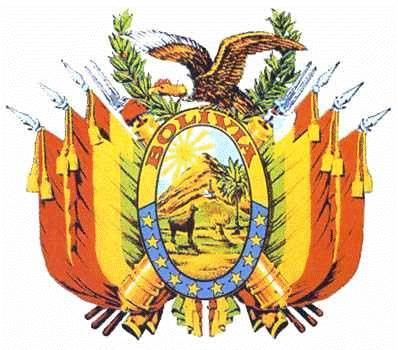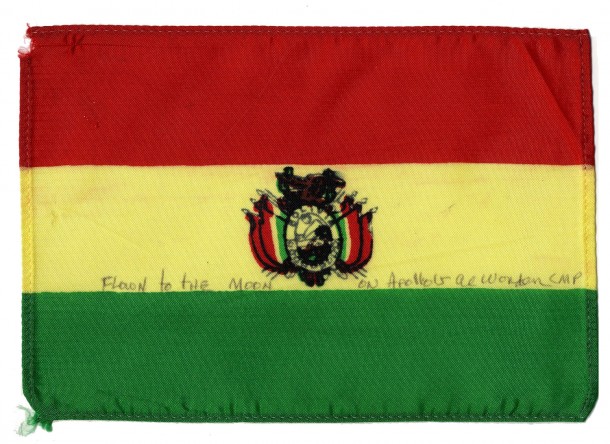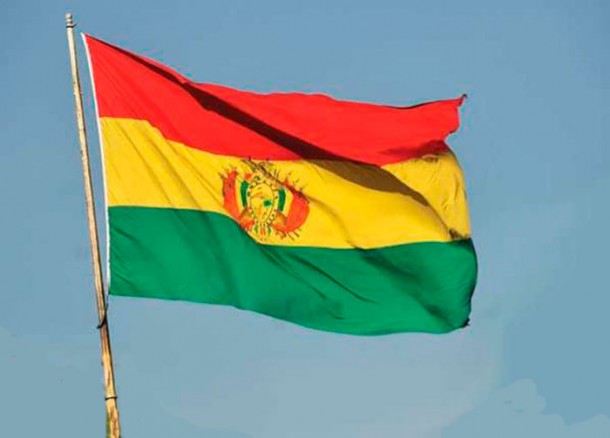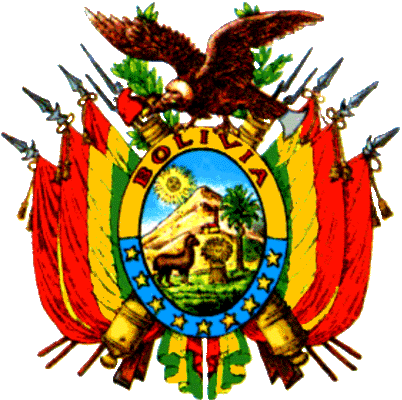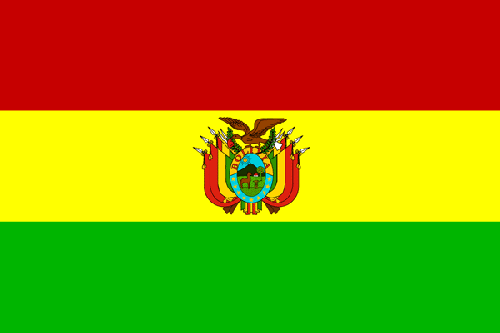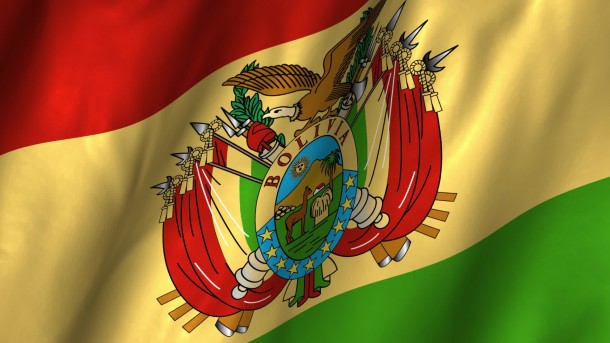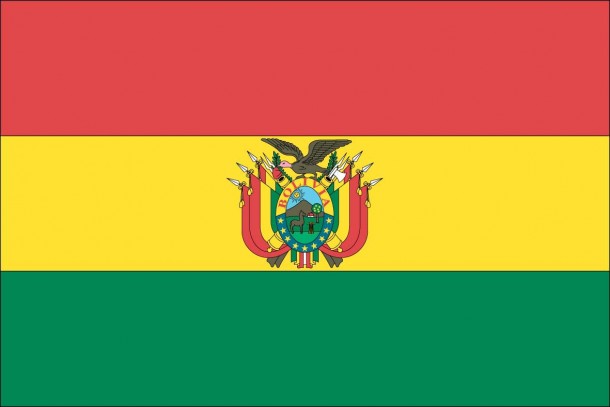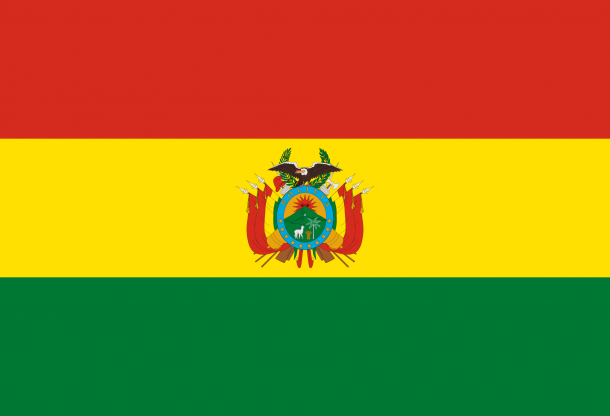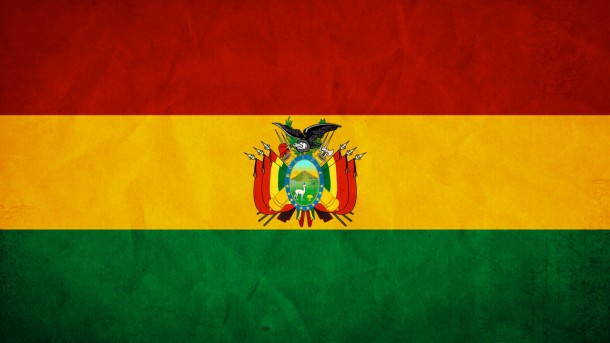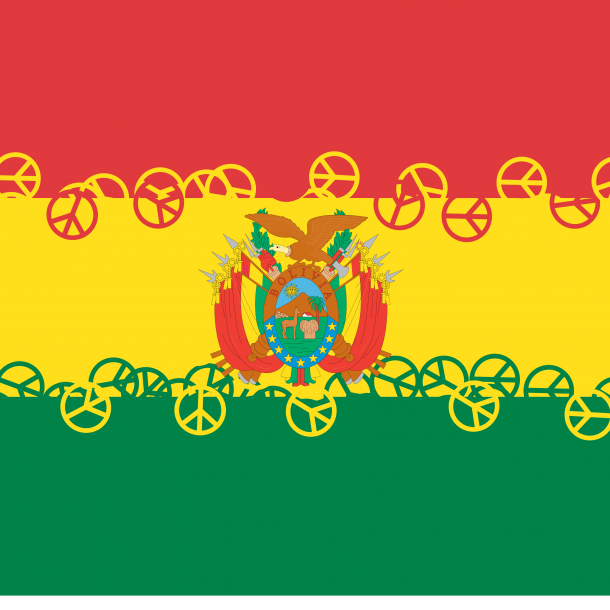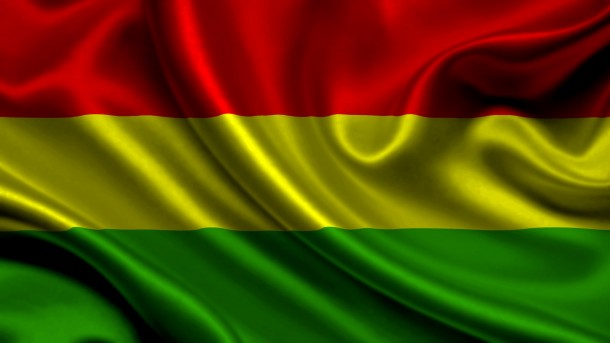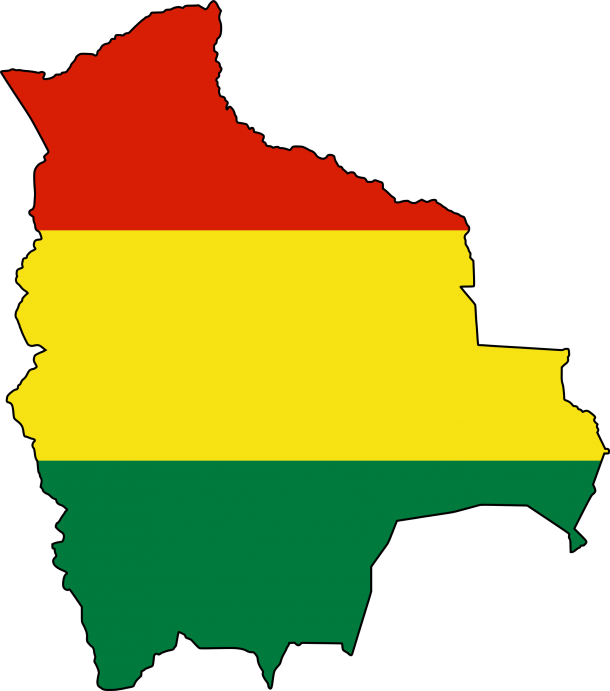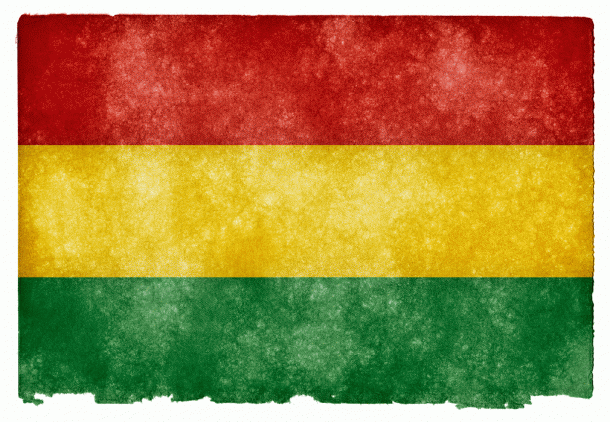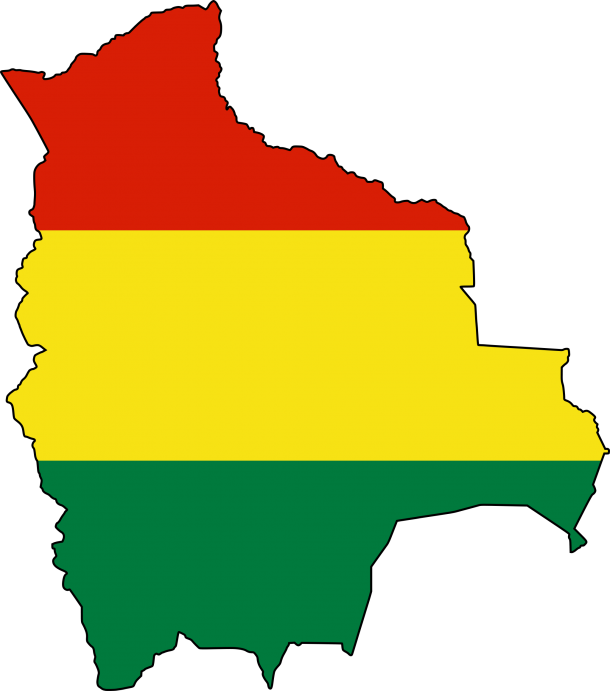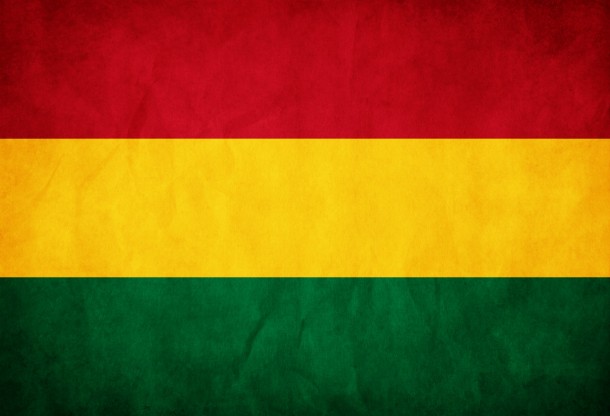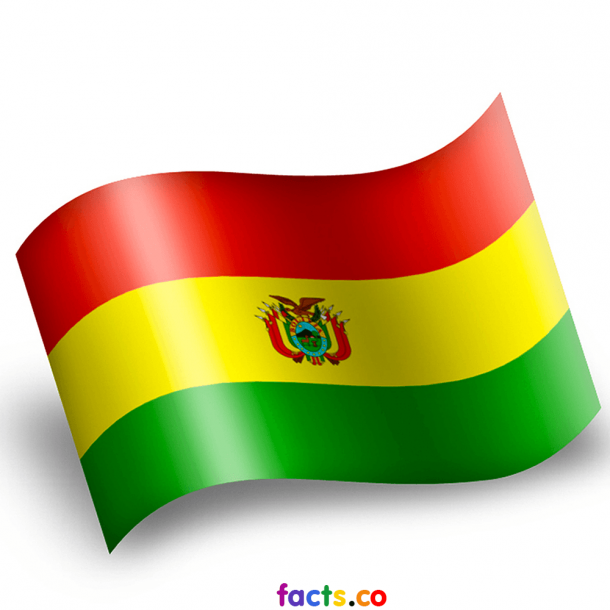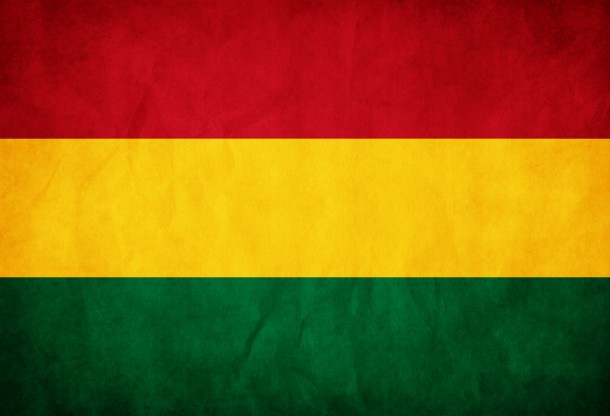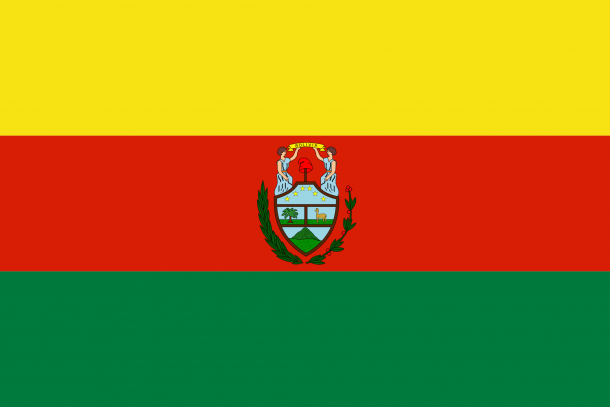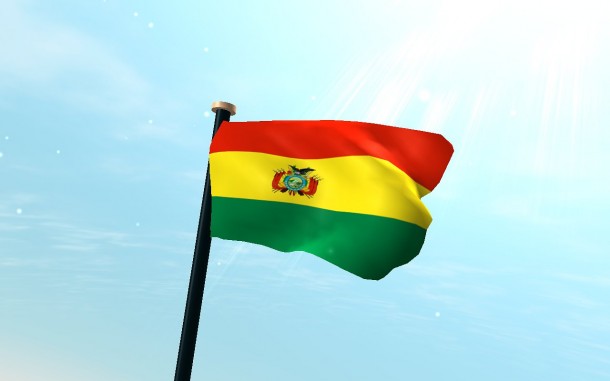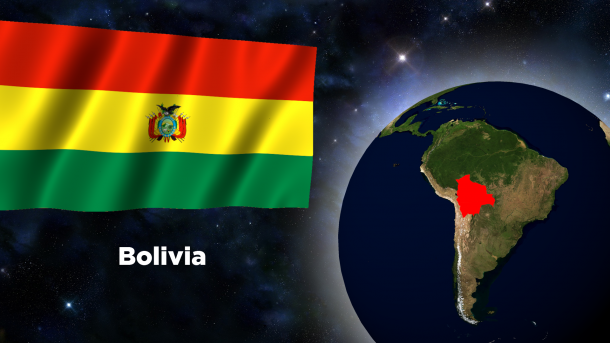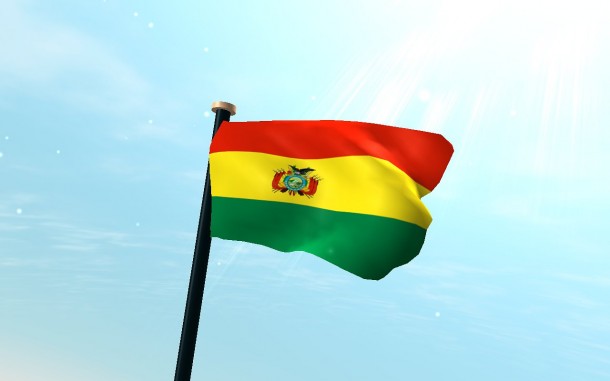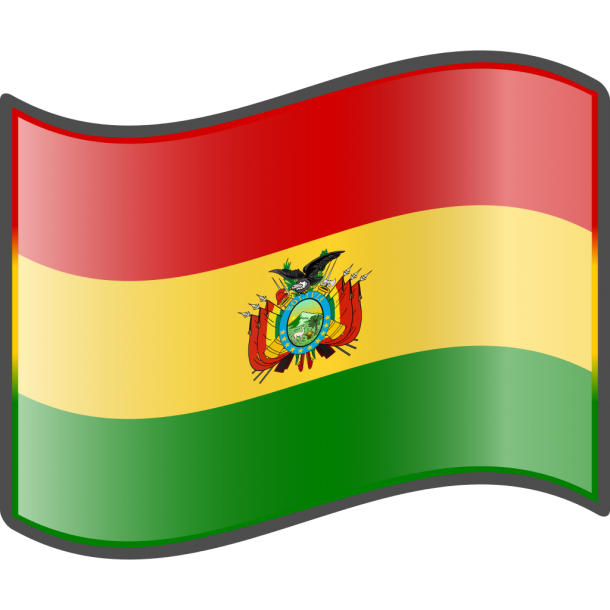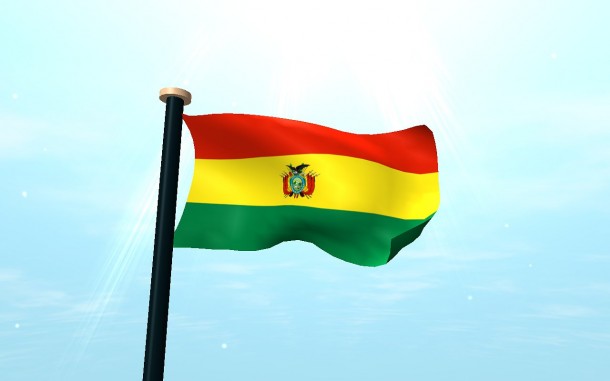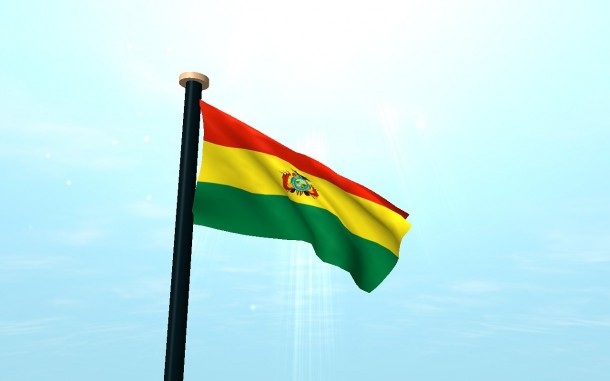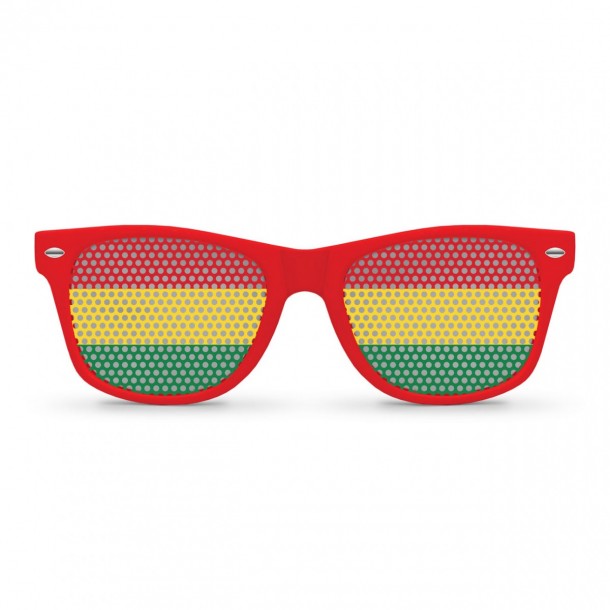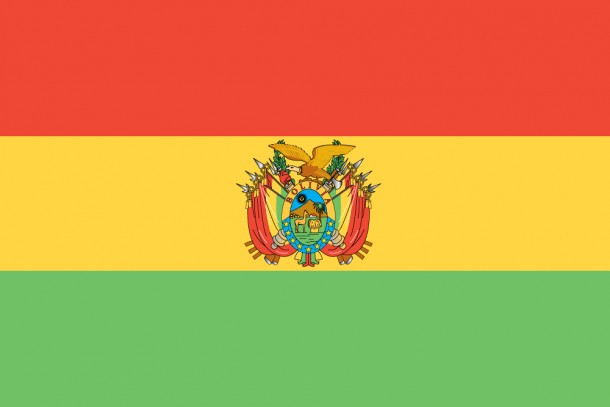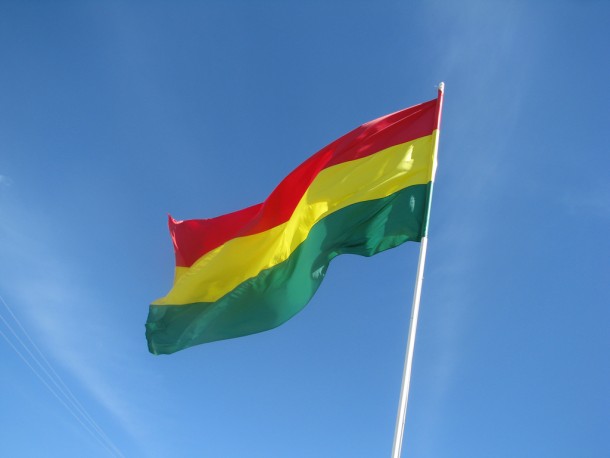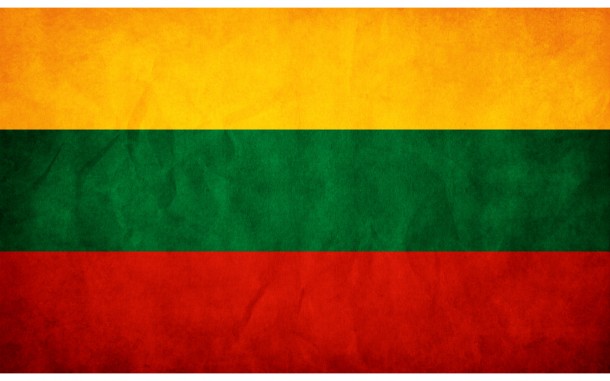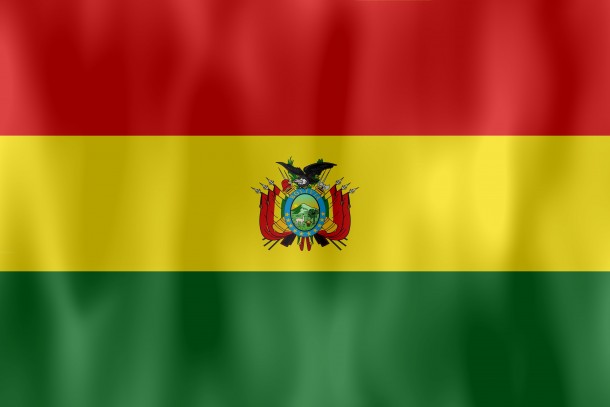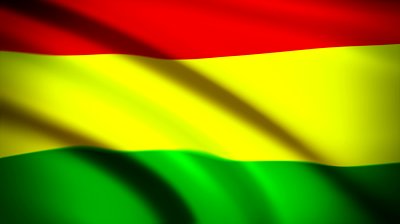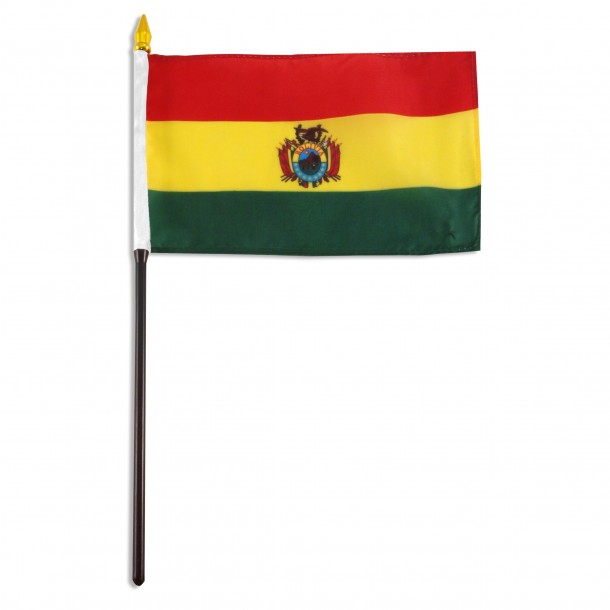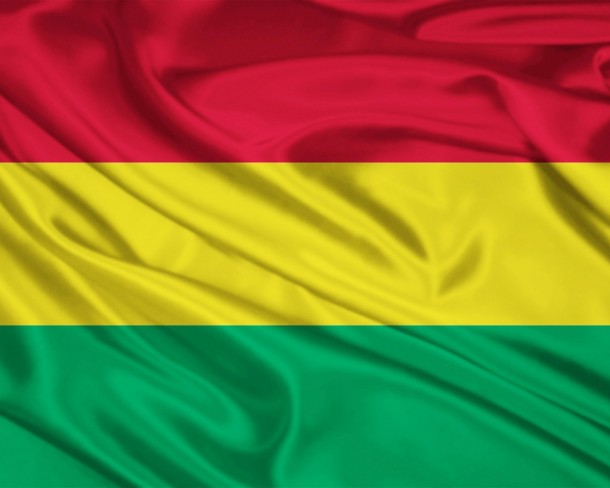The present flag of Bolivia was initially implemented in 1851. The flag and ensign is a horizontally tricolor of red, yellow and green and there is the Bolivian coat of hands. When we discuss about the resources, the red represents the Bolivia’s fearless military, the green represents infertility and yellow is the symbol of the country’s deposits and assets.
According to the new Constitution of Bolivia of 2009, the Wiphala is regarded a national icon of Bolivia.
Despite its landlocked position, Bolivia has a naval ensign used by navy. It includes a blue area with the condition flag in the canton outlined by nine little yellow-colored five-pointed stars, with a bigger yellow-colored five-pointed star. The nine little stars signify the nine divisions of Bolivia, and the bigger star the country’s right to access the sea.
The first information of Bolivia’s national flag, together with the value of these, were first recognized by the Superior Decree of 1888 during the President Gregorio Pacheco government, which identifies that:
- Red is the symbol of the blood sheds of the heroes who died for the Republic”
- Yellow of the symbol of our sources and prosperity.”
- Green is the symbol of the prosperity of our green lands and hope, a fundamental worth of our civilization”
The national flag of Bolivia is described as a tricolor rectangular shape, with tricolors red, yellow and green, all the colors are in the ration of 1:1:1. There are three bands in horizontal way, with the red on top taking up a third of the flag’s dimension, yellow in the middle using the same third dimension, and green in the lower side, using the last third part of the flag.
The size of the flag had not been described since its adopting in 1851.
Supreme Decree No. 27630 applied in 2004 recognized that the dimension the flag of 7.5 in width and by 11 in length.
For travel souvenirs & books, check this out.


